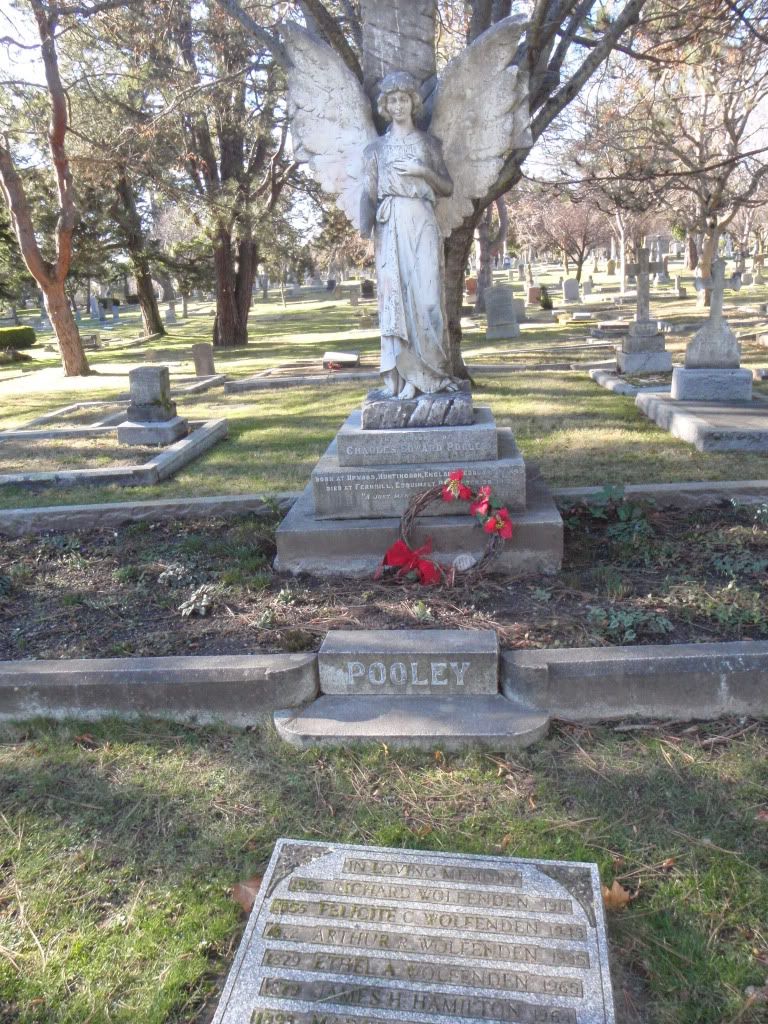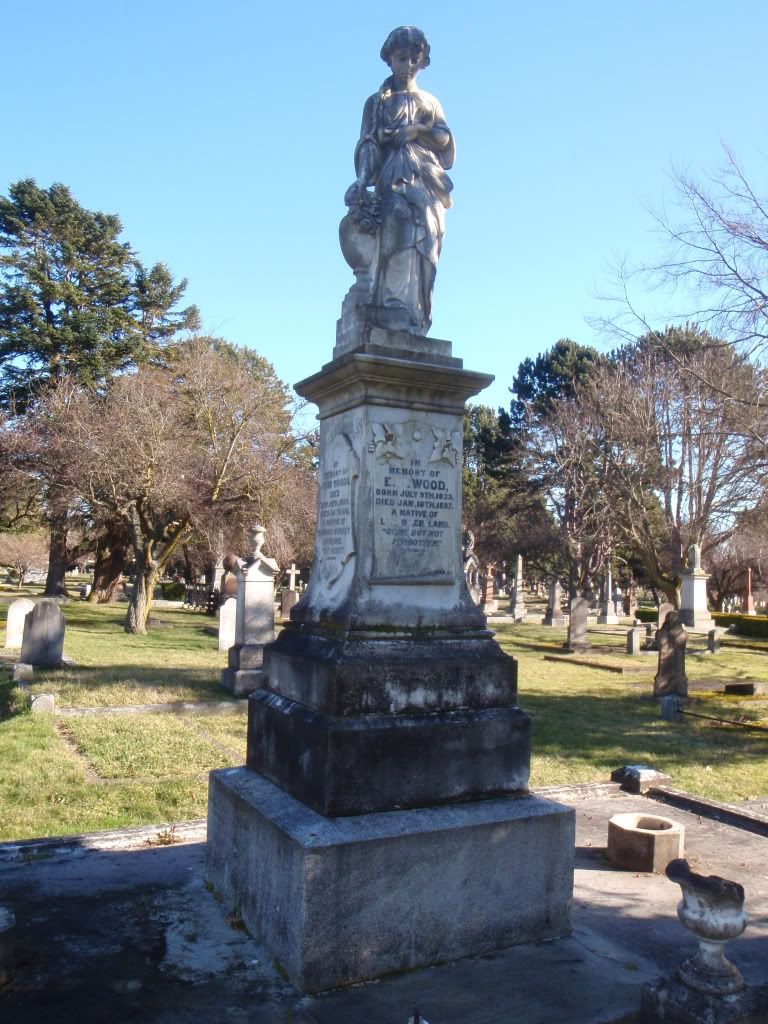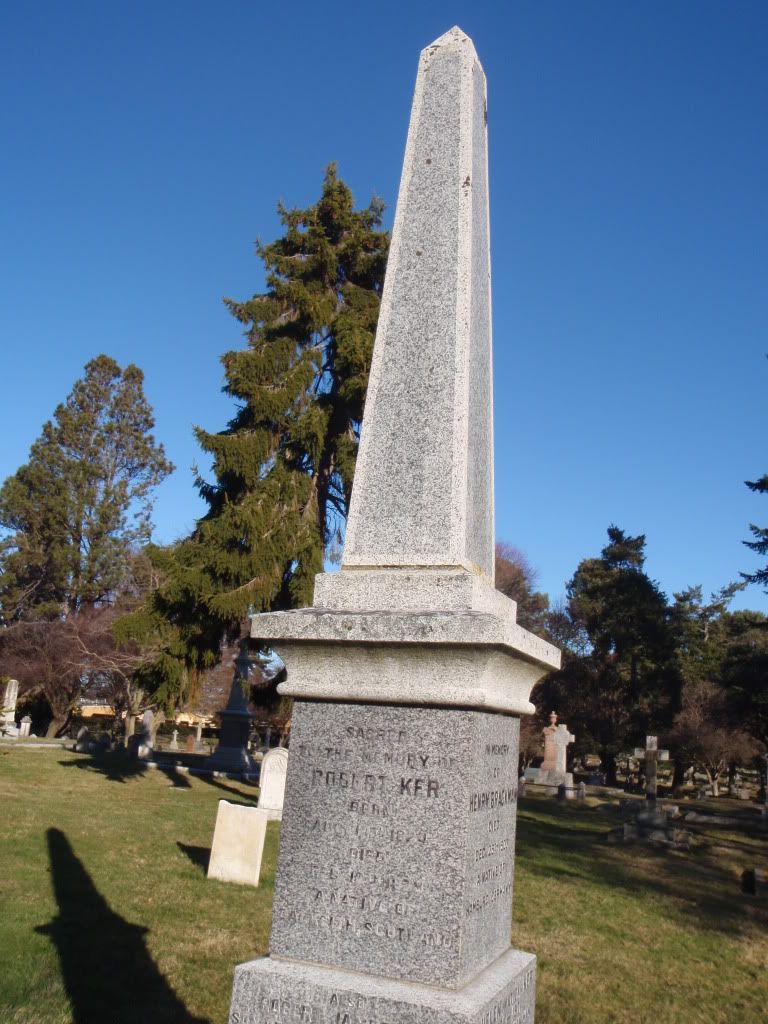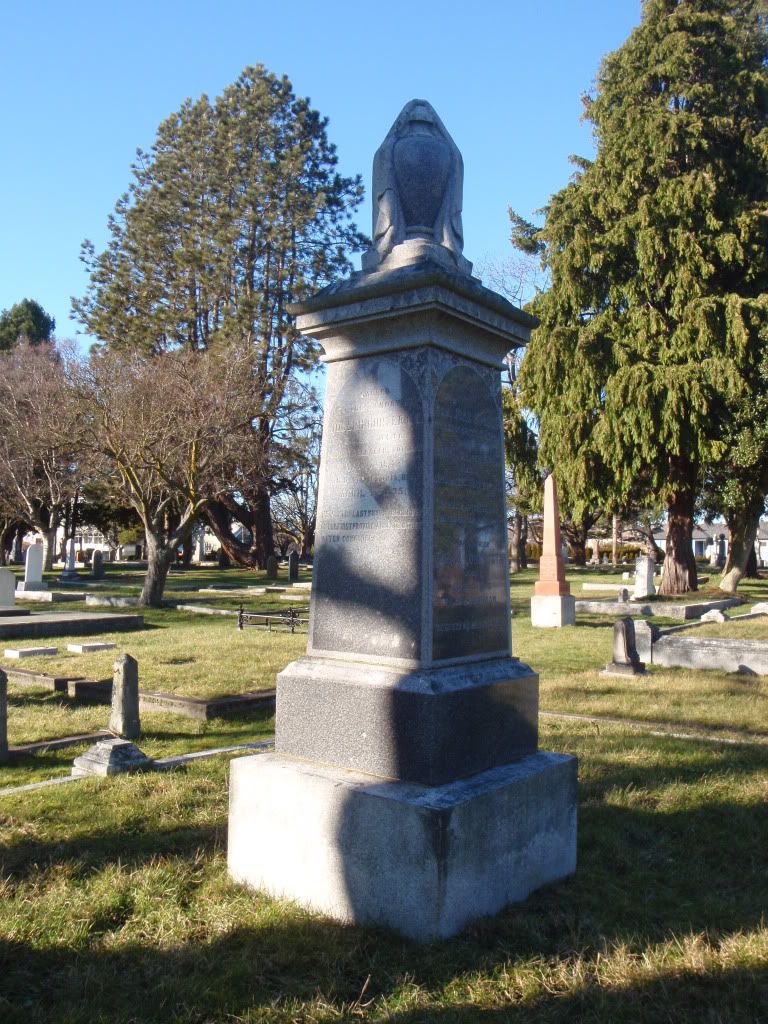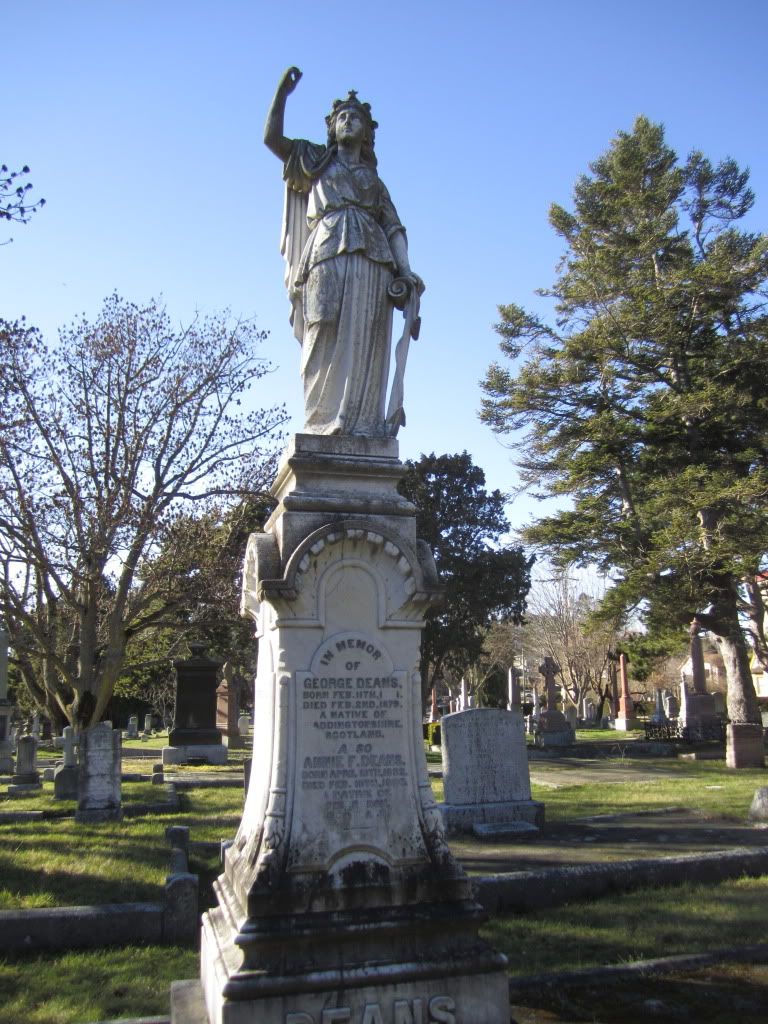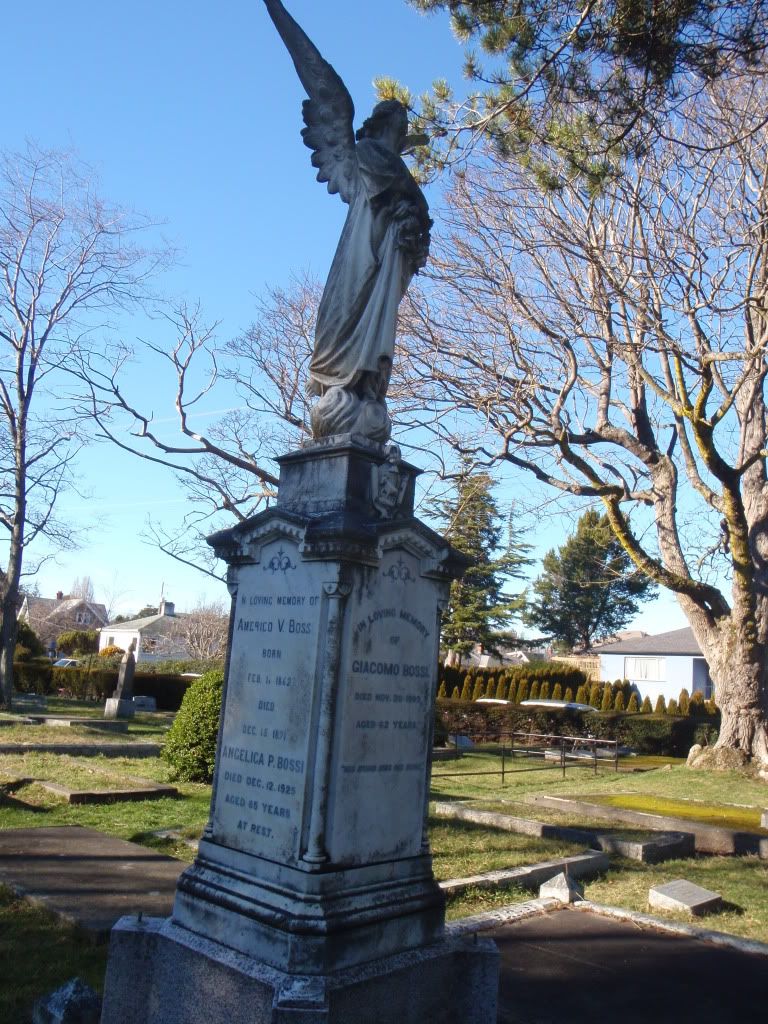Personally I think we all deserve to rest in peace after we die, and I honestly don't know anyone who would appreciate any people including the archaeologists to destroy his or her grave years later.
Digging up someone out of the ground is not the nicest thing to do considering the spiritual peace and respects any individual deserves. However, sometimes we could not really explore the past history without destructing the original burials.
I am enrolling in this forensic osteology with Dr. Donaldson and he is one of my favorite professors here at Uvic, but many people think he should not be teaching the course because he has this huge collection of human remains and the remains of more recent crime victims has caused the issue in particular.
I was deadly terrified when I handled those remains in the lab for the first time. I seriously felt a strong sympathy towards those victims regardless of what they did before they died. That depression lasted about a month before I could start my studying on them.
I think often we found the more recent human remains or the older ones with traceable records the most terrifying, because what we get are not just remains, but also stories of these people when they were alive. They are also the ones that are easy to connect with because of the same reason. Thus these remains should not be disturbed whatsoever.
In terms of the older human remains especially the ones, repatriation and maintenance of their peace are still as much important because we can't ignore the evidence of the fact that they were once alive. We have to pay as much of our respects to them as possible since they already had no actual voice to tell us how they would feel if we did anything to them.
So how do we learn as anthropologists if we leave all these remains intact? Frankly, I don't know. The situation is so overly constrained and the only thing we can do is to make the best choice out of each specific context.
 |
| credit: deposit photos |



